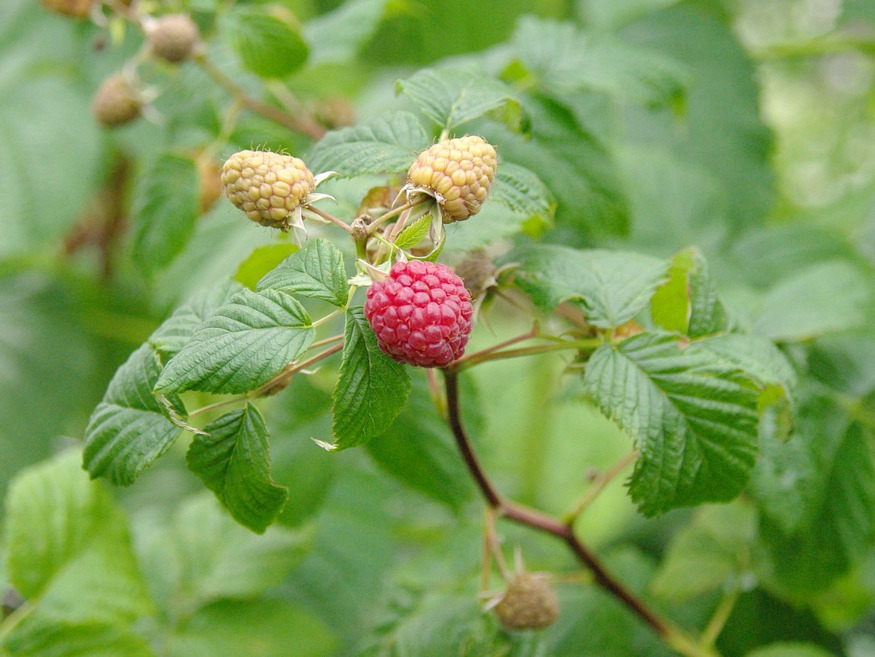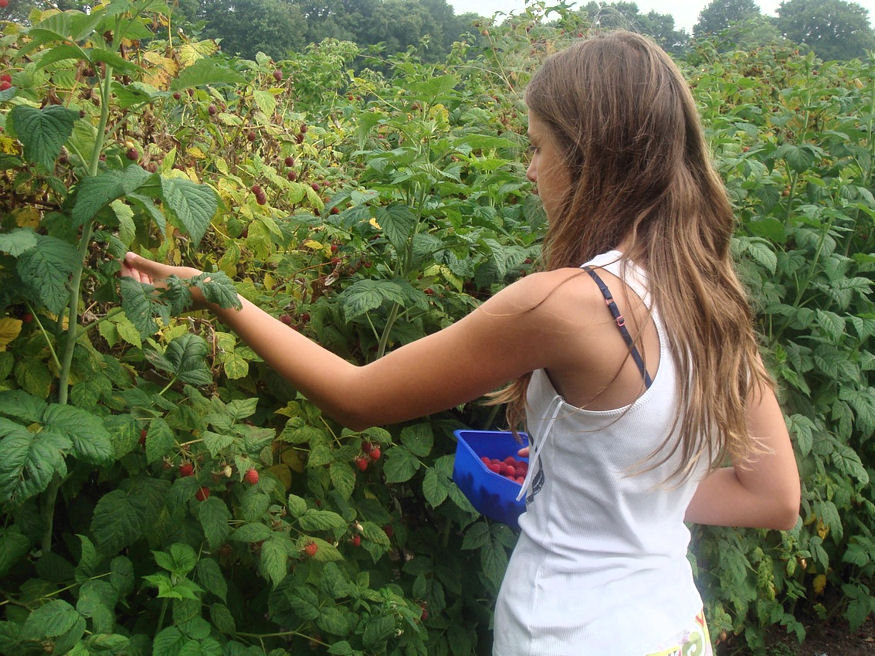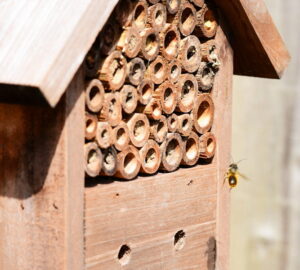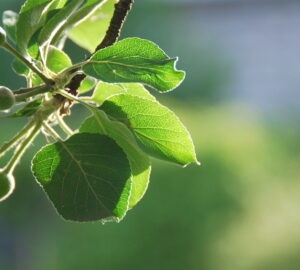Raspberry bushes are a delightful addition to any garden, offering a bounty of delicious berries. Proper pruning is key to ensuring a healthy raspberry harvest. The pruning process, however, varies depending on the type of raspberry bush you have and when it bears fruit. In this guide, we will explore the ins and outs of pruning summer-bearing and everbearing raspberry varieties, helping you make the most of your berry patch.
Understanding Raspberry Varieties
Before we delve into the art of pruning, it’s essential to grasp the distinctions among raspberry varieties. There are two primary types:
Summer-Fruiting Raspberry Varieties
- These varieties yield a single crop of berries in a season.
- Canes that bear fruit develop the previous summer and overwinter.
Everbearing Raspberry Varieties (Autumn-Fruiting)
- Also known as everbearing raspberries, these can be pruned to produce one or two crops a season.
- They bear fruit on canes from the previous summer and on new canes that sprout during the current year.
Additionally, the fruit color can influence the cropping pattern. Red-fruited raspberries may produce one or two crops, while yellow-fruited varieties typically yield two crops. In contrast, black and purple raspberries bear fruit only once per season.

Pruning Summer-Bearing Raspberry Varieties
For summer-bearing raspberry varieties, which provide a single crop of berries, pruning is relatively straightforward:
- Post-Harvest Pruning: After harvesting ripe fruits, cut back the canes that bore fruit immediately to ground level. Do not trim the new canes that emerged during the summer.
- Support for New Canes: After removing the old fruit-bearing canes, encourage the new canes to grow upward by tying them to stakes or horizontal wires between stakes. These young canes will produce fruit the following year.
- Spacing: In row cultivation, thin out the new canes to maintain approximately 15 cm (6 inches) between them. This prevents overcrowding in the upcoming season, ensuring healthier growth.

Pruning Everbearing Raspberry Varieties
Everbearing raspberry bushes offer the opportunity for multiple harvests, but they require a different pruning approach:
- End-of-Season Pruning: After harvesting fruit in the autumn of their first season, trim the upper third or tops of the canes to the lowest point where they bore fruit, typically around 100-120 cm (40-48 inches) from the ground.
- Preserving Lower Canes: Leave the lower portion of the cane intact to enable fruit production in the following spring or early summer. After harvesting fruit from this segment in the second year, cut it back to ground level. Simultaneously, train the young, new canes onto stakes or a trellis to ensure an autumn harvest.
- Alternative Approach: If you prefer a different strategy, you can opt to prune back all the canes after the autumn harvest. This will result in a single harvest from your everbearing raspberry bush.
Summary
Properly pruning raspberry bushes is essential for a thriving berry patch. Depending on whether you have summer-bearing or everbearing varieties, the timing and technique differ. Summer-bearing raspberries should be pruned immediately after harvesting, while everbearing varieties need careful pruning to enable multiple harvests. Understanding your raspberry type and its fruiting pattern is key to maintaining a healthy and productive raspberry patch.









